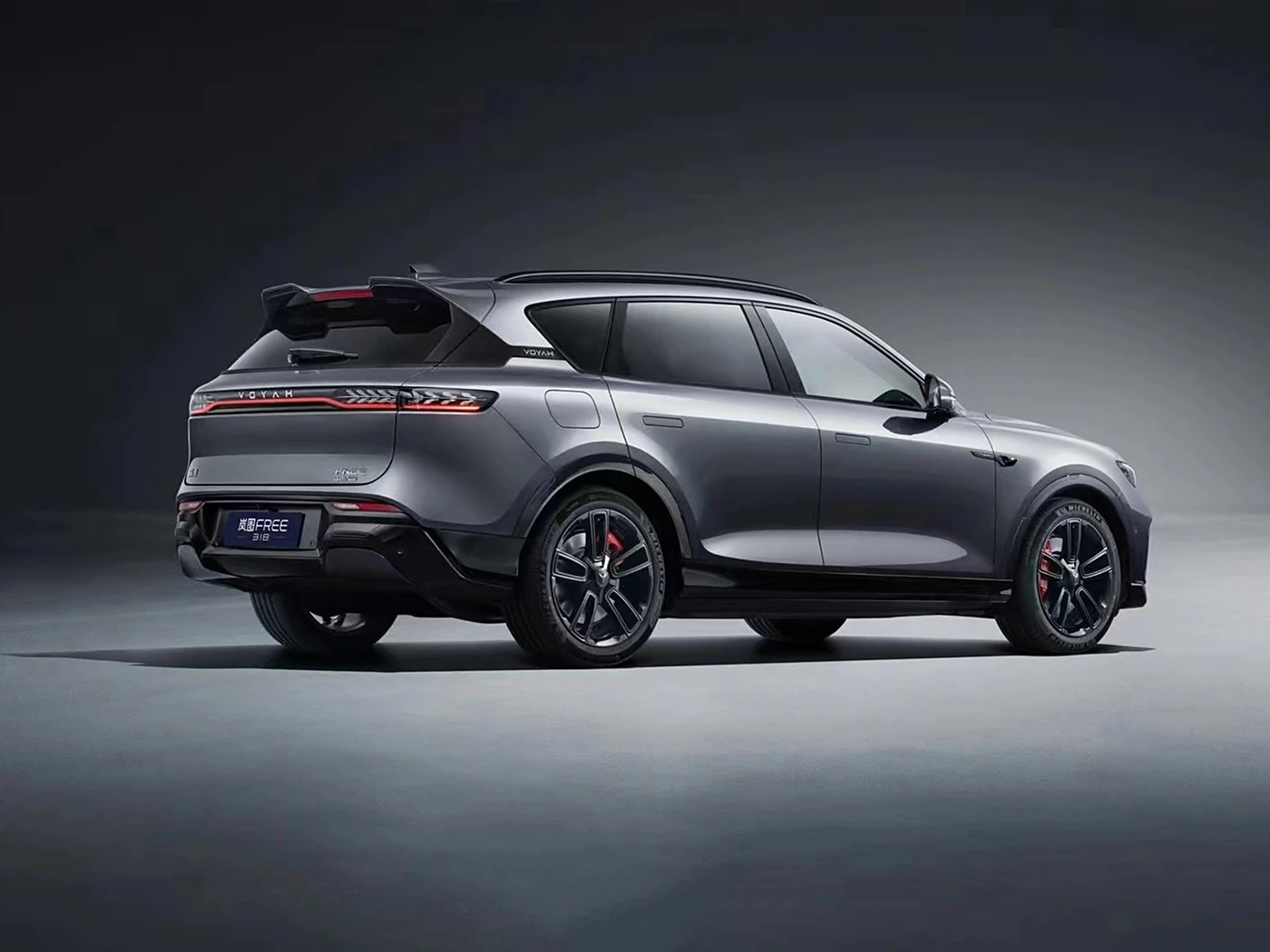low profile tires
Low Profile Tires A Comprehensive Overview
When it comes to automotive performance and aesthetics, low profile tires have carved out a significant niche in the world of cars, trucks, and motorcycles. These specialized tires, characterized by their shorter sidewalls, have become increasingly popular among car enthusiasts and everyday drivers alike. This article aims to explore what low profile tires are, their benefits and drawbacks, and considerations for choosing the right ones for your vehicle.
What Are Low Profile Tires?
Low profile tires are defined by their aspect ratio, which is the ratio of the tire's height to its width. Typically, a low profile tire has an aspect ratio of 55 or lower. For instance, a tire size of 225/45 R17 means its height is 45% of its width of 225 mm. The shortened sidewall of low profile tires leads to a sportier appearance and can significantly influence the vehicle's handling characteristics.
Advantages of Low Profile Tires
1. Enhanced Handling and Stability One of the primary benefits of low profile tires is their ability to improve a vehicle’s handling. The shorter sidewalls reduce flex during cornering, which results in more precise steering responses. This is especially beneficial for performance cars that are often driven at higher speeds and require better control.
2. Aesthetic Appeal Low profile tires contribute to an aggressive, sporty look that many automotive enthusiasts appreciate. They fill out wheel wells more completely and often complement larger, more stylish rims, enhancing the overall visual appeal of the car.
3. Improved Traction The wider contact patch of low profile tires can provide better grip on the road, especially in dry conditions. This increased traction can lead to better acceleration and braking performance, making the driving experience more engaging and responsive.
4. Reduced Weight Many low profile tire designs tend to be lighter than their higher-profile counterparts. This reduction in weight can contribute to improved fuel efficiency and overall vehicle performance.
Drawbacks of Low Profile Tires
1. Ride Comfort While low profile tires offer superior handling, they can compromise ride comfort. The shorter sidewalls provide less cushioning against bumps and road imperfections, which may lead to a harsher ride, especially on poorly maintained roads.
low profile tires

2. Increased Risk of Damage The reduced sidewall height means less protection for the rim. Low profile tires are more susceptible to damage from potholes and curbs. Drivers who frequently navigate rough streets may find that they have to replace tires or wheels more often than with higher-profile options.
3. Limited Range in Winter Conditions Low profile tires often perform poorly in snow and ice conditions. Their design focuses more on dry grip than on the adaptability needed for winter driving, which can pose safety risks in colder climates.
4. Cost Factor Low profile tires can be more expensive than traditional tires due to additional design and manufacturing processes. Moreover, their susceptibility to damage can lead to higher long-term costs in replacements.
Choosing the Right Low Profile Tires
When deciding on low profile tires, various factors should be considered
- Driving Style Assess how you primarily use your vehicle. If you often engage in spirited driving or track events, low profile tires may be a good fit. Conversely, if comfort and daily road use are your priorities, you might reconsider.
- Vehicle Type It's essential to choose low profile tires that match the specifications of your vehicle. Consult your owner’s manual or a tire professional to ensure compatibility.
- Climate Considerations If you live in an area with extreme weather, consider how low profile tires may hinder your driving experience during winter months. Perhaps look into all-season or dedicated winter tires if necessary.
Conclusion
Low profile tires are an exciting option for drivers looking to enhance their vehicle's performance and aesthetics. While they offer numerous benefits like improved handling and a sportier look, potential downsides such as reduced comfort and increased risk of damage should be weighed carefully. Making an informed decision based on your driving habits, vehicle type, and environmental conditions will help you find the perfect fit for your automotive needs. As the automotive industry evolves, low profile tires will likely continue to play a vital role in the dynamic landscape of vehicle performance and design.
-
SINOTRUK HOWO 84 Electric Dump Truck for Eco-Friendly Heavy HaulingNewsJul.26,2025
-
The Fast 16-Gear Manual Transmission Assembly for Heavy TrucksNewsJul.25,2025
-
Mercedes Benz Actros 1848 42 Tractor Truck for Sale - Reliable PerformanceNewsJul.24,2025
-
High-Quality Water Pump Assembly for Sinotruk Trucks – Durable & ReliableNewsJul.23,2025
-
Premium Truck Engine Antifreeze Coolant Fluid for Heavy Duty VehiclesNewsJul.22,2025
-
FOTON View G7 Mini Bus: Affordable & Spacious TransportNewsJul.22,2025
Popular products

























